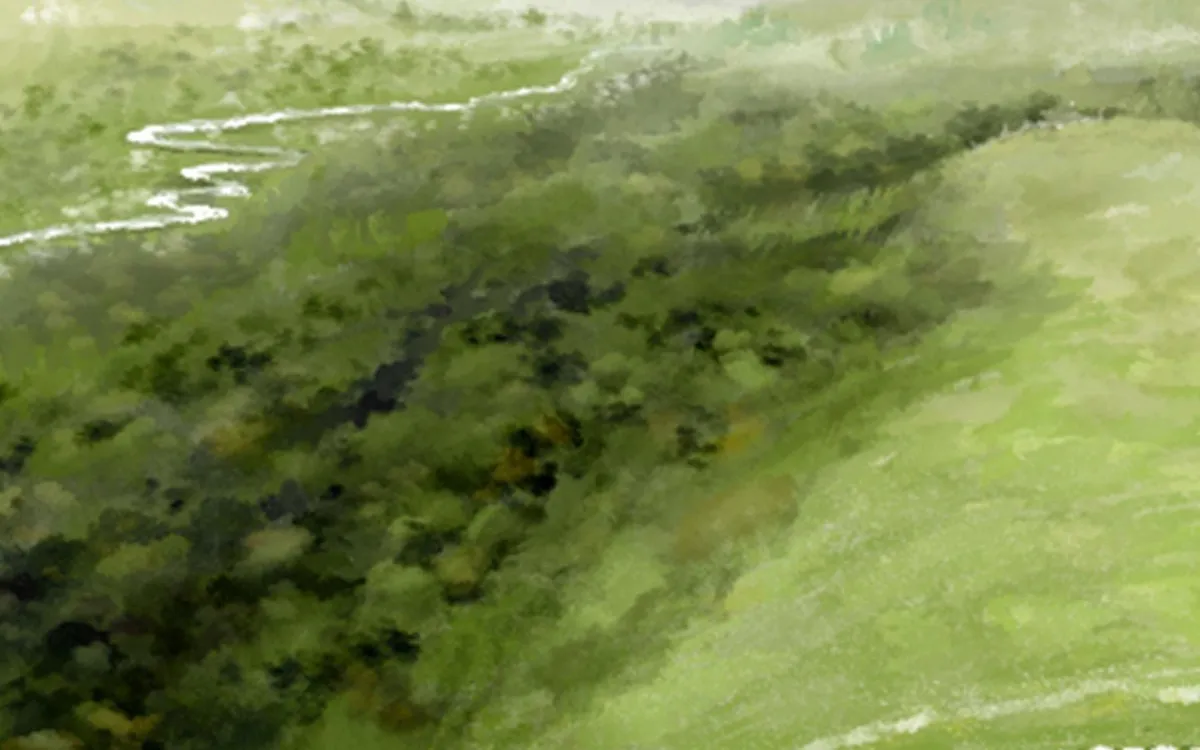
Recent research has unveiled that Flagstones in Dorset dates back to 3,200 BC, shedding light on the early stages of monumental architecture during the Neolithic period. This groundbreaking archaeological study conducted at the prehistoric burial site known as Flagstones identifies it as the earliest known large circular enclosure in Britain. Situated near Dorchester, this significant monument has been redated to around 3200 BC, which is approximately 200 years earlier than previously estimated. The new dating was achieved through advanced radiocarbon analysis of various materials excavated from the site, including human remains, red deer antlers, and charcoal.
The findings suggest that Flagstones may have acted as a prototype for later ceremonial sites, such as the iconic Stonehenge. This research is the result of a collaborative effort between the University of Exeter and Historic England, with results published in the latest issue of the journal Antiquity. Dr. Susan Greaney, an expert in Neolithic and Bronze Age monuments from Exeter’s Department of Archaeology and History, stated, “Flagstones is an unusual monument; a perfectly circular ditched enclosure, with burials and cremations associated with it.”
Dr. Greaney further elaborated on the unique characteristics of Flagstones, noting that while it resembles earlier structures known as causewayed enclosures, it also shares features with later constructions referred to as henges. This new chronological framework places Flagstones in a much earlier timeframe than initially thought, offering fresh perspectives on the evolution of prehistoric monuments.
The discovery of Flagstones dates back to the 1980s when it was uncovered during the construction of the Dorchester bypass. Excavations revealed that the site consists of a 100-meter diameter circular ditch formed by intersecting pits, likely constructed as an earthwork bank. Presently, half of the monument lies beneath the bypass, while the other half is located under Max Gate, the former residence of author Thomas Hardy, which is now managed by the National Trust. Flagstones is classified as a scheduled monument, with excavation finds and archives preserved at the Dorset Museum.
At least four burials were discovered within the enclosure pits, including a cremated adult and three children who were not cremated. Additionally, three partial cremations of adults were found in other areas. The initial belief that Flagstones dated similarly to the first phase of Stonehenge, around 2900 BC, was challenged by the new scientific dating program led by Dr. Greaney and Dr. Peter Marshall, the former Scientific Dating Co-Ordinator at Historic England. This program involved collaboration with laboratories at ETH Zürich and the University of Groningen, yielding 23 new radiocarbon measurements.
The integration of radiocarbon dates with archaeological data indicates that early Neolithic activities, such as pit digging, occurred around 3650 BC. Following a significant gap, the circular ditched enclosure was constructed around 3200 BC, with subsequent burials placed within it shortly thereafter. Interestingly, a later burial of a young adult male beneath a large sarsen stone at the center of the enclosure took place about 1,000 years after its initial use.
Dr. Greaney emphasized the importance of this chronological understanding, stating, “The chronology of Flagstones is essential for understanding the changing sequence of ceremonial and funeral monuments in Britain.” She drew parallels between Flagstones and Stonehenge, questioning whether Stonehenge could have been inspired by Flagstones or if the dating of Stonehenge needs reevaluation.
Moreover, Flagstones reveals intriguing connections to other significant sites, such as the Llandygái ‘Henge’ A in Gwynedd, Wales, and various locations in Ireland, as indicated by the artifacts and burial practices observed. These findings underscore the interconnectedness of Neolithic communities across Britain and beyond, enhancing our understanding of their cultural and ceremonial practices.
In conclusion, the recent research on Flagstones in Dorset not only redefines the timeline of Neolithic architecture but also opens up new avenues for understanding the cultural practices of prehistoric societies in Britain. As archaeological techniques advance, we continue to uncover the remarkable stories of our ancient past.